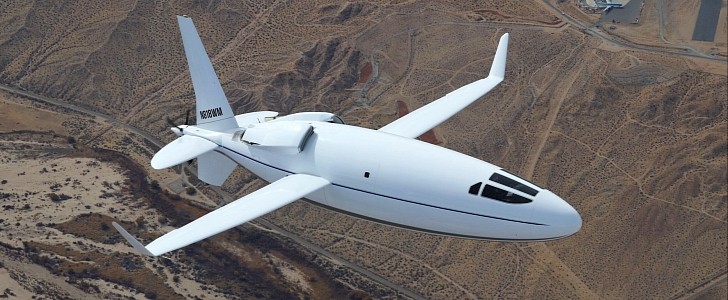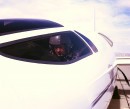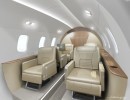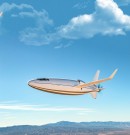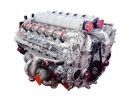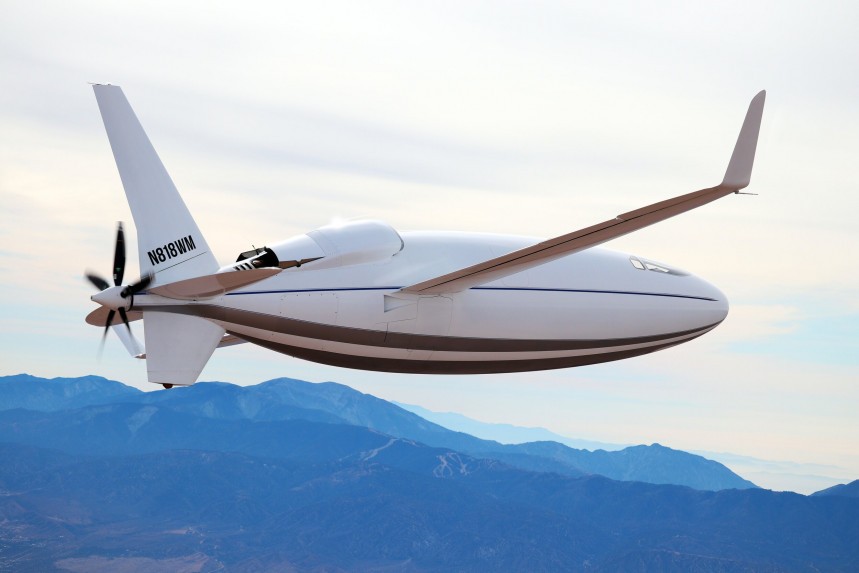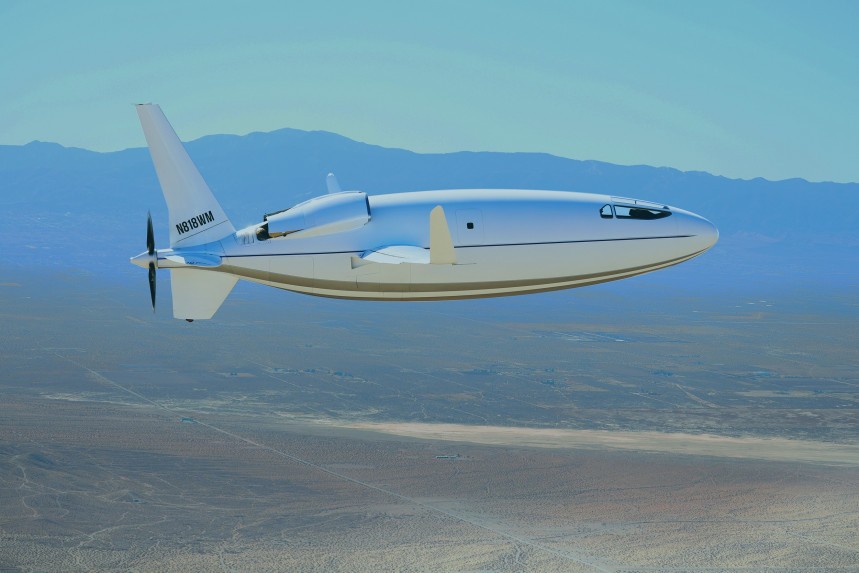When it comes to private flights, we’ve heard over and over again that eVTOLs (electric vertical take-off and landing) are the best solution for green air mobility, and we know that private jets are an unaffordable option for most of us. But what if there was a holy grail that could outperform both of these options in any way? The Celera 500L plays in a league of its own.
Unlike many of today’s eVTOLs and other aircraft concepts that were put together in a relatively short time, the Celera’s story goes way back. After an extensive research career in the fields of nuclear weapons and nuclear rocket engines, Bill Otto founded an accident reconstruction firm with international operations, in 1974.
Having to travel so often, Otto eventually developed an interest in commercial aviation and ways to improve it. This is how the Otto Aviation Group was born in 2008, and its purpose right from the beginning was to design and develop the revolutionary Celera aircraft. More than a decade later, what claims to be the most innovative business aircraft has successfully completed its first flight tests and is gearing up for certification.
When it comes to what’s available today, public air transportation comes with well-known issues (delays, cancellations) while private transportation (charter flights) is still too expensive. Both of them are harmful to the environment. On the other hand, unconventional alternatives such as eVTOLs and other types of hybrid or electric aircraft can’t sustain a long range and are not as comfortable as private jets.
This is where the Celera 500L comes in. Otto Aviation claims that it simply crushes any competition and here are the facts.
In terms of range and speed, it combines the speed of a personal/light jet with the range of a large cabin aircraft. It can easily hit 460 mph (740 kph) while being able to connect not just any city pair across the U.S. (without refueling) but multiple international city pairs as well. That’s due to its transcontinental range of 4,500 nautical miles (5,178 miles/8,334 km). Needless to say, this is far more than even the most efficient eVTOLs can achieve.
“But eVTOLs don’t increase CO2 levels,” someone might say. Turns out that the Celera doesn’t do that either, despite not having an electric propulsion system. Otto’s airplane is meant to reduce carbon emissions by more than 80% compared to business jets, and more than 40% compared to commercial aircraft.
This is due to a fuel economy of 18 to 25 mpg, which is roughly eight times more than that of conventional jets. In fact, its results in carbon emissions reduction are 30% better than the official standards set for aircraft due to enter service in or after 2031.
The Celera is also better than conventional private jets. In terms of costs, it would be roughly seven times more affordable than comparable jets. It’s more convenient than eVTOLs for short-haul flights, and much more affordable than mid-sized jets while offering the same range. While affordable, it doesn’t limit the passengers’ comfort. Its spacious cabin boasts a height over six feet (2 meters) with a volume that exceeds that of current luxury private jets (448 cubic feet) and six first-class seats.
What’s the secret behind these impressive figures? Something called the RED A03 – a lightweight, liquid-cooled V12, twin 6-cylinder engine, made of aluminum. This engine is not only capable of over 550 take-off horsepower and best-in-class fuel efficiency, but it also operates as two 6-cylinder engines with independent critical sub-systems.
This means that the Celera can continue to operate even in various engine failure scenarios, which makes it compliant with the highest safety levels. Plus, the RED A03 is controlled via a fully redundant electronic control unit with a single power control lever, which not only increases safety but reduces the pilot’s workload.
The Celera’s other “secret” is the extensive use of laminar flow in its design. This aircraft’s length-to-width ratio optimizes laminar flow (based on smooth levels of airflow) resulting in over 50% drag reduction, compared to other aircraft of the same size.
Last year, Otto Aviation hit a milestone with the successful completion of a series of flight tests, 55 in total. The Celera 500L proved that it’s on the right track in terms of performance, and it also completed a test running on SAF (sustainable aviation fuel) which would help it cut CO2 emissions even more.
What’s next? Obtaining the FAA (Federal Aviation Administration) certification and building a dedicated manufacturing facility is on the list. The main goal is to have a production aircraft ready by 2025. Then, the Celera 500L will prove why it’s “the most significant innovation for private air transportation in decades.”
Having to travel so often, Otto eventually developed an interest in commercial aviation and ways to improve it. This is how the Otto Aviation Group was born in 2008, and its purpose right from the beginning was to design and develop the revolutionary Celera aircraft. More than a decade later, what claims to be the most innovative business aircraft has successfully completed its first flight tests and is gearing up for certification.
When it comes to what’s available today, public air transportation comes with well-known issues (delays, cancellations) while private transportation (charter flights) is still too expensive. Both of them are harmful to the environment. On the other hand, unconventional alternatives such as eVTOLs and other types of hybrid or electric aircraft can’t sustain a long range and are not as comfortable as private jets.
This is where the Celera 500L comes in. Otto Aviation claims that it simply crushes any competition and here are the facts.
“But eVTOLs don’t increase CO2 levels,” someone might say. Turns out that the Celera doesn’t do that either, despite not having an electric propulsion system. Otto’s airplane is meant to reduce carbon emissions by more than 80% compared to business jets, and more than 40% compared to commercial aircraft.
This is due to a fuel economy of 18 to 25 mpg, which is roughly eight times more than that of conventional jets. In fact, its results in carbon emissions reduction are 30% better than the official standards set for aircraft due to enter service in or after 2031.
What’s the secret behind these impressive figures? Something called the RED A03 – a lightweight, liquid-cooled V12, twin 6-cylinder engine, made of aluminum. This engine is not only capable of over 550 take-off horsepower and best-in-class fuel efficiency, but it also operates as two 6-cylinder engines with independent critical sub-systems.
This means that the Celera can continue to operate even in various engine failure scenarios, which makes it compliant with the highest safety levels. Plus, the RED A03 is controlled via a fully redundant electronic control unit with a single power control lever, which not only increases safety but reduces the pilot’s workload.
Last year, Otto Aviation hit a milestone with the successful completion of a series of flight tests, 55 in total. The Celera 500L proved that it’s on the right track in terms of performance, and it also completed a test running on SAF (sustainable aviation fuel) which would help it cut CO2 emissions even more.
What’s next? Obtaining the FAA (Federal Aviation Administration) certification and building a dedicated manufacturing facility is on the list. The main goal is to have a production aircraft ready by 2025. Then, the Celera 500L will prove why it’s “the most significant innovation for private air transportation in decades.”
